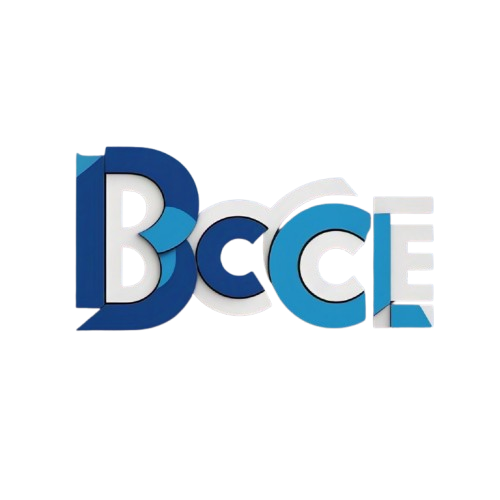The U.S. government has announced a $2,500 stimulus payment for February 2025, bringing relief to millions of Americans facing economic challenges. This initiative aims to support households amid ongoing financial uncertainties, including rising living costs and fluctuating employment rates. Understanding the eligibility requirements and deposit timeline is essential for those seeking to claim the payment. In this guide, we’ll break down who qualifies for the stimulus, how to apply if necessary, and when to expect the funds in your bank account. Stay informed and prepared as we cover everything you need to know about this significant financial relief program.
Why Is There a Stimulus Payment in 2025?
The decision to provide the $2,500 stimulus payment stems from continued economic challenges facing U.S. households. Despite signs of recovery from previous downturns, inflation remains a concern, and many Americans continue to struggle with day-to-day expenses such as housing, healthcare, and food. This stimulus package is part of the federal government’s broader strategy to stabilize the economy and support those in need.
Eligibility Criteria for the $2,500 Stimulus Payment
Income Requirements
To qualify for the full $2,500 payment, individuals and families must meet specific income thresholds:
- Single filers: Adjusted Gross Income (AGI) of $75,000 or less.
- Head of Household: AGI of $112,500 or less.
- Married couples filing jointly: AGI of $150,000 or less.
For those earning above these limits, the payment amount gradually phases out and becomes zero at higher income levels.
Filing Status
To receive the payment, you must have filed a 2024 federal income tax return or plan to file one before the relevant deadline.
Citizenship and Residency Status
Eligible recipients must be U.S. citizens, permanent residents, or qualifying resident aliens with a valid Social Security number.
Dependent Qualifications
Parents and guardians may receive additional funds for dependents under the age of 17. Each eligible dependent may qualify for an extra payment, though specific amounts may vary.
Exclusions
- Non-resident aliens
- Individuals claimed as dependents on another taxpayer’s return
- Individuals without a valid Social Security number
Read Also: Social Security Retirement Benefits
Deposit Schedule for the $2,500 Stimulus Payment
Direct Deposit Timeline
The fastest way to receive your payment is through direct deposit. The government will use banking information from your most recent tax return. Payments are expected to be processed as follows:
- February 5-10, 2025: First batch of direct deposits
- February 11-15, 2025: Second batch of direct deposits
Paper Checks and Debit Cards
For those who do not have direct deposit information on file, payments will be sent via paper checks or prepaid debit cards:
- February 20-29, 2025: Paper checks mailed
- March 1-10, 2025: Debit cards issued and mailed
Tracking Your Payment
The IRS will provide a tool on its website called “Get My Payment,” allowing taxpayers to track the status and expected delivery of their payments.
How to Ensure You Receive Your Payment
Update Your Information with the IRS
If you have moved or changed your bank account, update your information as soon as possible through the IRS website.
File Your 2024 Tax Return Promptly
Even if you do not typically file taxes, submitting a 2024 return may be necessary to receive the stimulus payment.
Monitor IRS Communications
Keep an eye on official IRS announcements via their website and verified social media channels to stay informed about any updates or changes.
Tax Implications of the Stimulus Payment
The $2,500 stimulus payment is not considered taxable income. However, it may need to be reported on your tax return to reconcile any advance payments or eligibility discrepancies.
Frequently Asked Questions
Do I need to apply for the payment?
No application is required. Payments are automatically issued based on tax information.
What if I didn’t file a tax return in 2024?
If you didn’t file a return, you may need to submit one to receive your payment. The IRS will provide guidance for non-filers.
Will my payment be garnished for debts?
Stimulus payments are generally protected from garnishment; however, they may be used to offset child support arrears.
What if I receive Social Security or other federal benefits?
Recipients of Social Security, SSDI, and other federal benefits will receive payments automatically without needing to file a tax return.
Conclusion
The $2,500 stimulus payment scheduled for February 2025 offers much-needed financial relief to eligible Americans. By understanding the eligibility criteria and deposit schedule, you can ensure you receive your payment smoothly and promptly. Stay proactive by updating your information with the IRS, filing your tax return, and monitoring official communications. This financial boost may provide a critical lifeline for many households navigating economic challenges in 2025.

